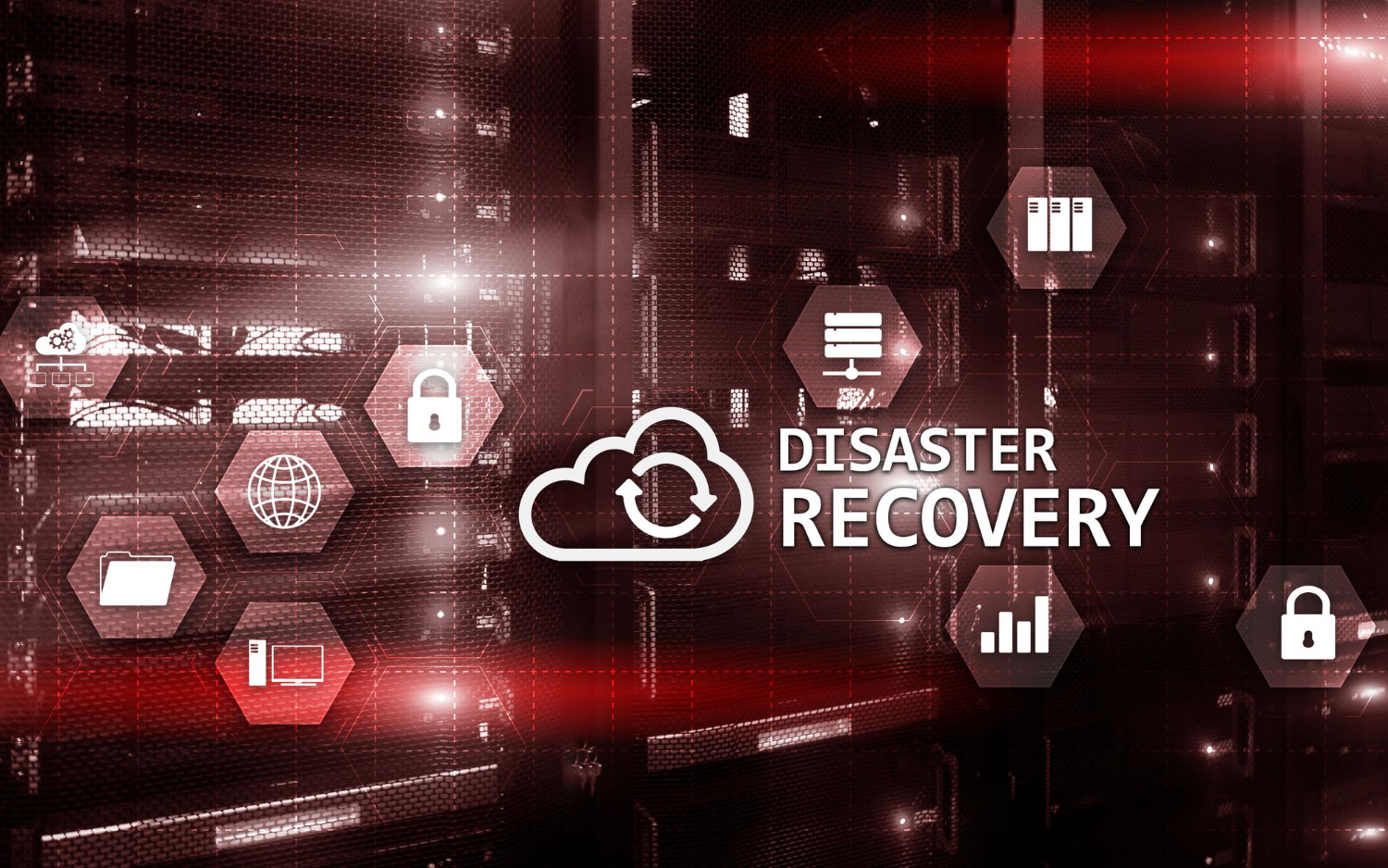Even though creating a disaster recovery plan may feel like doom and gloom, it’s not. A disaster recovery plan is an excellent opportunity to ensure resiliency for your business. However, most small and medium-sized businesses don’t have a disaster recovery plan in place.
It’s important for all organizations to be prepared for peace of mind and operational confidence. Here are some simple steps to create a disaster recovery plan.
Step 1: Identify Your Risks
According to a 2022 survey, 2 out of 3 midsize businesses suffered a ransomware attack in the last 18 months. Ransomware attacks could leave devices, servers, or databases unavailable, and a data breach may expose sensitive information.
It’s essential to identify the risks upfront to establish a foundation regarding what to expect and protect. Understandably, your list of risks may be long. Cyber-attacks and breaches caused by internal errors top the list of concerns. There’s also the theft of physical hardware, such as servers and computers, power outages, and disruptions due to protests or other conflicts.
But instead of hyper-focusing on which disasters you may face, it’s best to segment out the damage each may cause.
For instance, with a hurricane, you may get wind damage, flooding, and power outages. How would these impact your systems? Loss of power due to downed electrical lines or shorted-out equipment could bring down servers or otherwise result in data center downtime.
By identifying the risks, you have a basis for the next step, which is developing a recovery strategy.
Step 2: Develop a Recovery Strategy
Your recovery strategy may involve a combination of data backups and alternate communication channels. For some disasters, especially those caused by nature, your recovery strategy may involve relocating operations or employees.
The key to an effective recovery strategy is setting up the infrastructure ahead of time by the risks you may face. For example, listings, if you have an internal server that you used to host a business-critical application, you may want to have a backup, cloud-based option as well.
And the same goes for if the reverse is true. If you have a business-critical application running in the cloud, you may want to have an on-premise parallel system in case your cloud SaaS provider has an issue.
Every time you have a recovery strategy that depends on the integrity of data, you’ll need a system that regularly backs up operational data and makes it available for whatever parallel or auxiliary system you’d use in the event of a disaster.
For example, suppose your employees use an application that can save to their computers and the cloud. Part of your disaster recovery strategy could involve ensuring every employee is saving to the cloud — not just to their computer — all the time. If a power outage impacts your office, your employees can stay home and work from there, using the files saved to the cloud, never missing a beat.
While app-based data saving is relatively straightforward, many companies have enterprise resource planners (ERPs) or data analysis systems that rely on huge volumes of information. This may require redundant data lakes in the cloud that are constantly populated with the most recent information employees need to do their jobs.
Step 3: Test and Regularly Update Your Plan
Testing your plan will invariably require extensive planning, especially to make sure you cover all possible scenarios. For instance, a planned, intentional power outage at your office could help ascertain how well you’d manage a range of natural disasters that could impact the power grid.
But for other kinds of incidents, such as cyberattacks, you would have to map out how information flows through your network and then design a series of tests accordingly. For instance, suppose your firewall detected a hacker trying to exfiltrate information from your company’s customer relationship management (CRM) system. The best course of action may be to shut down connectivity to the CRM — at least for a little while — until you can mitigate the threat.
In that case, you’d have to design tests that address the following questions:
- Which departments and employees would have to pause work while the CRM is down?
- What’s the best way to simulate this lack of access in the most realistic way possible?
- What can we put in place to make sure employees can easily access a backup system, perhaps through a VPN they connect to at home? Is there an adequate identity and access management (IAM) system in place, including self-service password resetting, multifactor authentication (MFA), single sign-on (SSO), or other technologies?
You can build your testing procedure based on the answers to these and similar questions.
Updating your plan, when done frequently, may not involve dramatic overhauls of your disaster recovery system. For example, there may be a new type of cyber threat on the landscape, one that targets a certain software or server. In many cases, once you know the attack surface, only minimal changes to your DR plan are necessary.
For example, suppose one of the apps your employees use becomes a hot target for hackers. You could duplicate elements of your DR plan for another app to protect workflows associated with the new target.
Robust Network Solutions has extensive experience custom-building disaster recovery plans that meet the unique needs of businesses. We understand that every network is different, as are your company’s workflows and business goals. To see how Robust Network can empower your company to face disasters with confidence, connect with Robust Network Solutions today.

